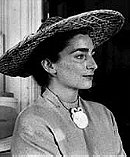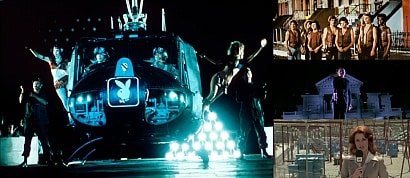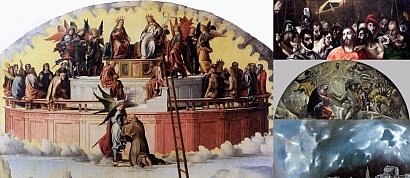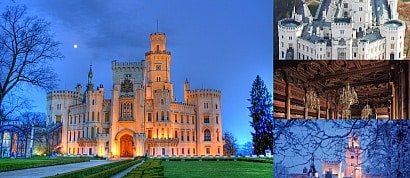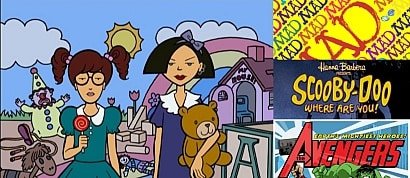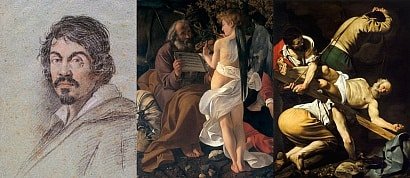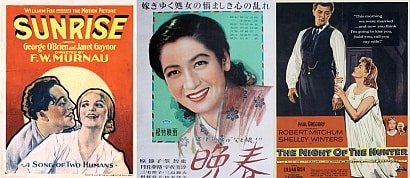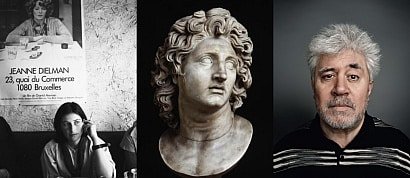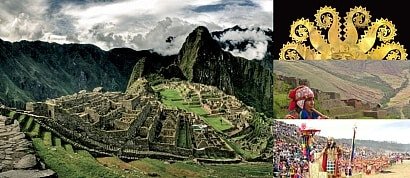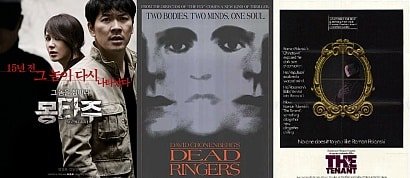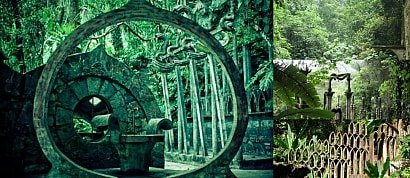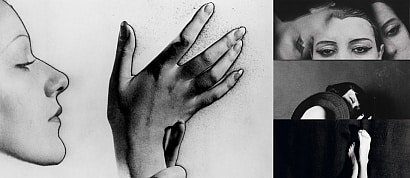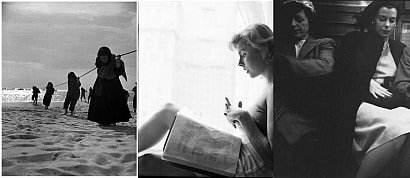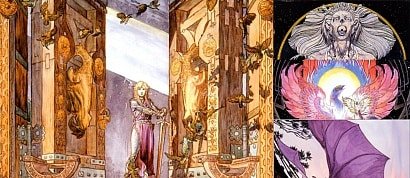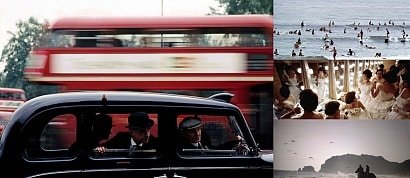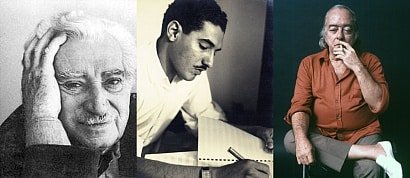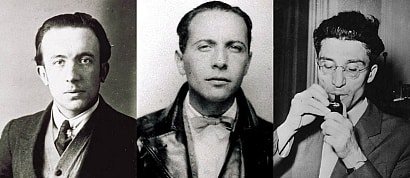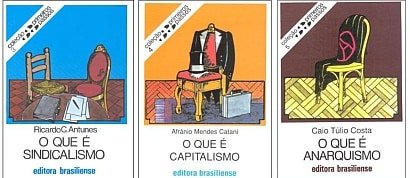Picasso's suicidals
Sort by:
Showing 6 items
Rating:
List Type:
 Add items to section
Add items to section
-
On an emotional note, melancholy and resignation best characterize Picasso's blue period. When Picasso's close friend Carlos Casagemas commits suicide, Picasso's trauma finds expression in a series of deeply sentimental paintings which comprise his blue period.
In October 1900, at the age of 19, Pablo Picasso moved to Paris, in the company of Carlos Casagemas. They had known each other since 1899, having met at the Els Quatre Gats café in Barcelona, which was a meeting place for artists and intellectuals. Picasso's early days in Paris are characterized by poverty, which may have contributed to the melancholy of his blue period paintings, but it's certain that the sadness of his blue period paintings alienated potential buyers of his art work and thus, in turn, contributed to his poverty. While his time in Paris is of fundamental importance to his artistic development during the blue period, Picasso spent most of his time in Barcelona, until in 1904 he moved to Paris definitively. While Casagemas takes his own life in Paris, Picasso is in Spain.
The death of Casagemas painting testifies of Picasso's shock and horror over the suicide of his friend. In the sense of Picasso dealing with his trauma this painting belongs to the blue period, but it doesn't have the atmosphere of resignation and silent mourning that his blue paintings would have.
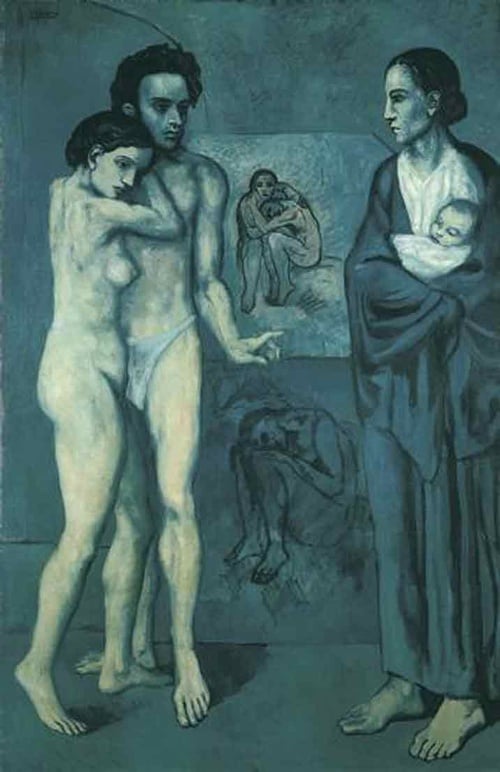
In October 1900, at the age of 19, Pablo Picasso moved to Paris, in the company of Carlos Casagemas. They had known each other since 1899, having met at the Els Quatre Gats café in Barcelona, which was a meeting place for artists and intellectuals. Picasso's early days in Paris are characterized by poverty, which may have contributed to the melancholy of his blue period paintings, but it's certain that the sadness of his blue period paintings alienated potential buyers of his art work and thus, in turn, contributed to his poverty. While his time in Paris is of fundamental importance to his artistic development during the blue period, Picasso spent most of his time in Barcelona, until in 1904 he moved to Paris definitively. While Casagemas takes his own life in Paris, Picasso is in Spain.
The death of Casagemas painting testifies of Picasso's shock and horror over the suicide of his friend. In the sense of Picasso dealing with his trauma this painting belongs to the blue period, but it doesn't have the atmosphere of resignation and silent mourning that his blue paintings would have.


In 1969, Marie Therese called Heinz Berggruen asking him to take to Picasso some paintings tht he had gave to her, but that hadn’t signed. It had been years since she saw him. She needed money. When he saw the paintings, Picasso was delighted. He had no trouble signing them. The Jacqueline (Roque, the last wife of the artist) came cursing, and stopped him. Picasso lowed his head and stayed quiet. Marie Therese got the painting without Picasso’s signature. Some time later, she hung herself. Marie Therese, the mother of his beloved Maya.
Formerly, Picasso said to Dora Marr: “-Dora Marr, you know the only woman I love is Marie Therese Walter".
Does time destroy everything?


The suffering has persisted into the second and third generations, as the miserable end of Picasso's grandson Pablito demonstrates. The young man's father, Paulo, was born during Picasso's marriage to a Russian ballerina; emasculated and shiftless, Paulo served for a while as Picasso's chauffeur. Pablito, whose name marked him as a further diminutive of the glowering paterfamilias, tried to pay homage to Picasso the day after his death; the monopolistic Jacqueline had him expelled from the villa and decreed that he and the rest of Picasso's motley brood could not attend the funeral. Heartbroken by this rejection, Pablito downed a bottle of bleach. His sister, Marina, who has published a memoir denouncing their distant, coldly manipulative grandfather, found Pablito haemorrhaging his corroded intestines: talk about reality being torn apart!

She called him her ‘god’, kissed his hands and worshipped him devotedly. At first he was indifferent, but they soon became lovers. In 1961, he married her — first wife Olga had died of cancer in 1954 — though, his sex drive undiminished, he continued to take other lovers.
During his 20 years with Jacqueline, he painted more than 400 pictures of her. It was a period of intense creativity — but at the expense, some thought, of his happiness.
Towards the end of his life he became almost a hermit, which his friends blamed on the possessive Jacqueline, who barred his children and grandchildren from the house.
Throughout his life, Picasso had rigorously adhered to a doctor’s advice to always have ‘plenty of sex and red wine’.
But in 1966, aged 85, he developed prostate problems, which was devastating for one so priapic.
He died aged 92 in April 1973 with Jacqueline at his side. A statue of Marie Thérèse, perhaps his greatest love, was placed over his grave. Four years later, she hanged herself, unable to bear the world without him. Jacqueline turned to drink and in 1986, bereft without her ‘god’, she shot herself.
For all his adoration of women and his inability to live without them, Picasso had brought misery to those who loved him.
It is hard to disagree with Dora Maar, who once told him: ‘As an artist you may be extraordinary, but morally speaking you are worthless.’


 Add items to section
Add items to section
"survivors"

When Picasso met Francoise Gilot in 1943, Maar got pushed off her pedestal. As Picasso told Gilot, there were two kinds of women, “goddesses and doormats,” and Maar was soon relegated to the second category. When the break between Maar and Picasso became final three years later, she suffered a nervous breakdown.
Maar remained obsessed with Picasso until the end of her life, closely monitoring the value of his works on the art market, cherishing every scrap of paper he had ever given her. But she was able to pull her life together with help from a new “Lover.“ Maar found religious faith and became a devout Roman Catholic. As Maar put it: “After Picasso, God.”
As Maar grew older, she became increasingly reclusive, commuting by taxi between her Paris apartment on the Rue de Savoie, where she had moved in 1937 to be close to Picasso’s studio, and a ramshackle house the artist had given her in a village in Vaucluse in Southeastern France. Maar made art all during her affair with the Modernist painter, but her works from the latter part of her life, when she lived in almost monastic seclusion, are less influenced by Picasso, often giving expression to her faith in an intimate, minimalist, mystical style.


When Françoise Gilot decided to take her two young children and leave Pablo Picasso in 1953, ending their ten-year relationship, the infuriated genius told her she was “headed straight for the desert” because no one would ever have more than “a kind of curiosity . . . about a person whose life has touched mine so intimately.”
Picasso made hundreds of paintings of Françoise and thousands of drawings and prints. She can be a flower, a bowl of cherries, a knight in armor, “and when there's a lobster, that's me, too, because he always said I had the bones outside to protect myself.” Phyllis says that to her knowledge, this painting is the only one that shows Françoise as an artist, without the children, working alone in her studio. Two years later, she was gone—the only one of Picasso's women who left him, and the only one who went on to have a rich and rewarding life of her own. “I knew if I didn't leave Pablo, he would devour me,” she says.
Daniel-Henry Kahnweiler, Picasso's longtime dealer, who had been showing her work, too, ended her contract when “Picasso said, ‘It's her or me.’ Picasso was waging war on me, a very dirty war, because he had all the power.” But Kahnweiler helped her find another gallery in Paris, and Gilot has continued to grow as an artist.

Picasso made hundreds of paintings of Françoise and thousands of drawings and prints. She can be a flower, a bowl of cherries, a knight in armor, “and when there's a lobster, that's me, too, because he always said I had the bones outside to protect myself.” Phyllis says that to her knowledge, this painting is the only one that shows Françoise as an artist, without the children, working alone in her studio. Two years later, she was gone—the only one of Picasso's women who left him, and the only one who went on to have a rich and rewarding life of her own. “I knew if I didn't leave Pablo, he would devour me,” she says.
Daniel-Henry Kahnweiler, Picasso's longtime dealer, who had been showing her work, too, ended her contract when “Picasso said, ‘It's her or me.’ Picasso was waging war on me, a very dirty war, because he had all the power.” But Kahnweiler helped her find another gallery in Paris, and Gilot has continued to grow as an artist.

Obrigada, El Raulo *__*
Added to
Related lists
Picasso inspired Superhero Images**8-8-2011Update*
19 item list by мя.ЂeLweNdeR
44 votes 11 comments
11 comments
19 item list by мя.ЂeLweNdeR
44 votes
 11 comments
11 comments
View more top voted lists
People who voted for this also voted for
1979 : Favorite Films
Spanish Paintings
Best Films of 19th Century Britain
Favorite Images of German Shepherds
CASTLES AND PALACES IN CZECH AND SLOVAKIA
Cartoons!
my favorite painters and their works
My Favourite Films by LGBT directors
Old Greek Ads Gallery 4
The 71st Annual Golden Globe Awards
LGBT Achievers
The Way of the Incas
The Best Movies of 2008
watchlist
Great Gardens: Las Pozas, Mexico
More lists from Nusch
ART | Man Ray
PHOTOS | Stanley Kubrick
Art of Michael Kaluta
PHOTOS | Burt Glinn
Spiritual Choices (religions and philosophies)
Communist Poets
Coleção Primeiros Passos
 Login
Login

 0
0
 0
0


